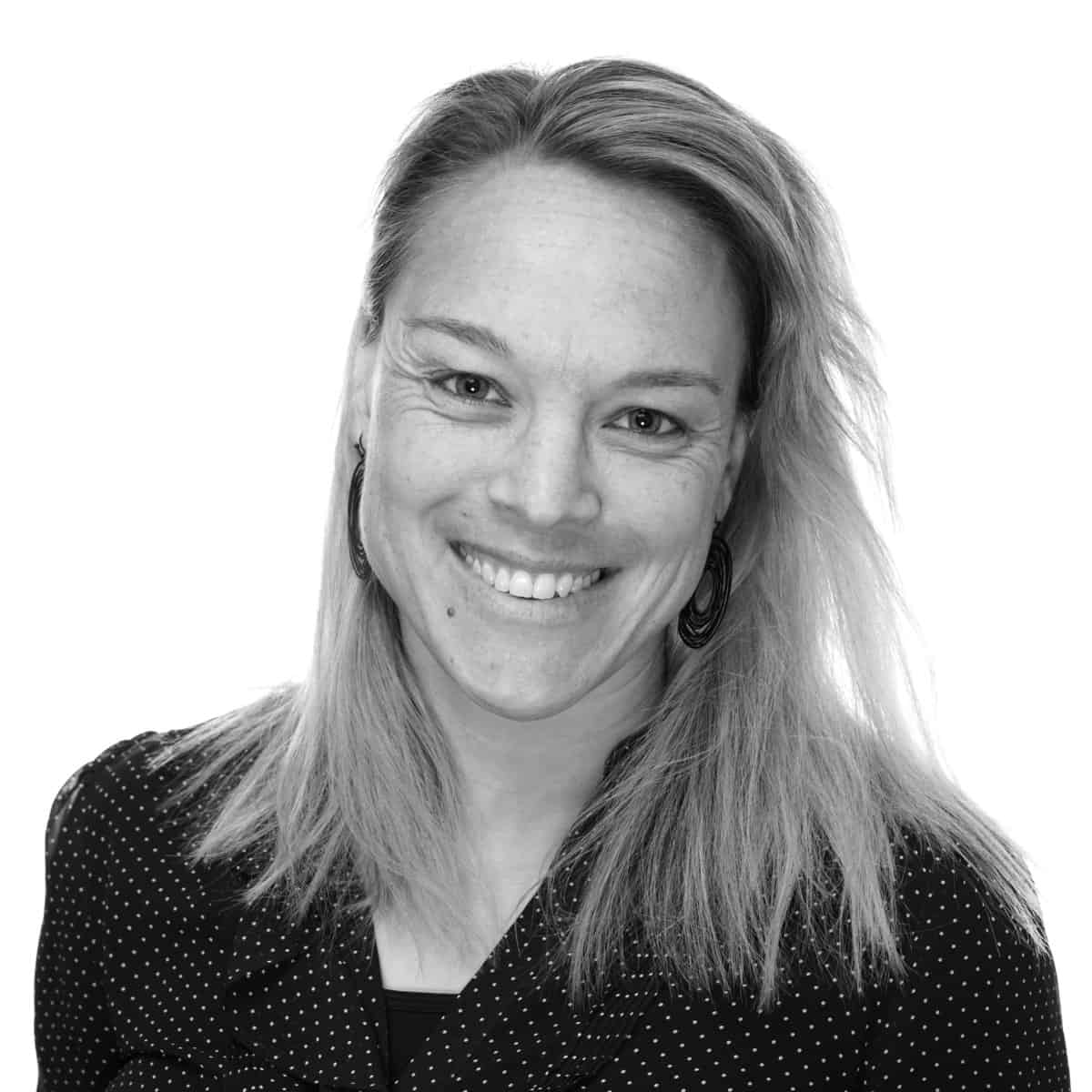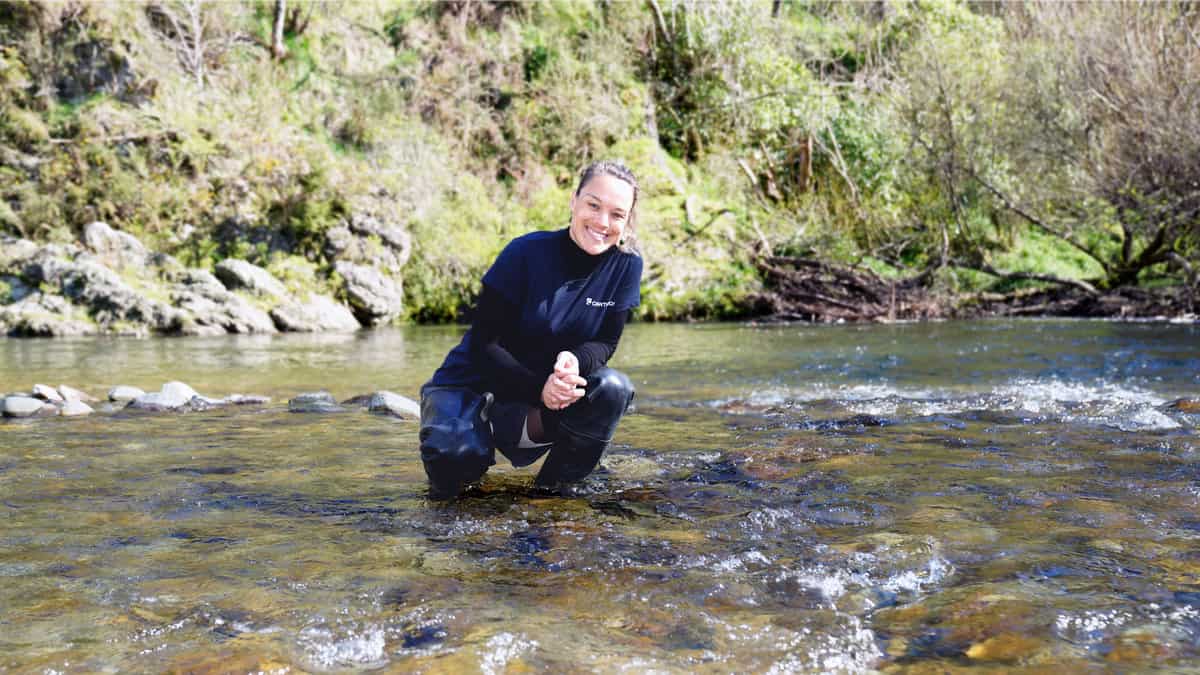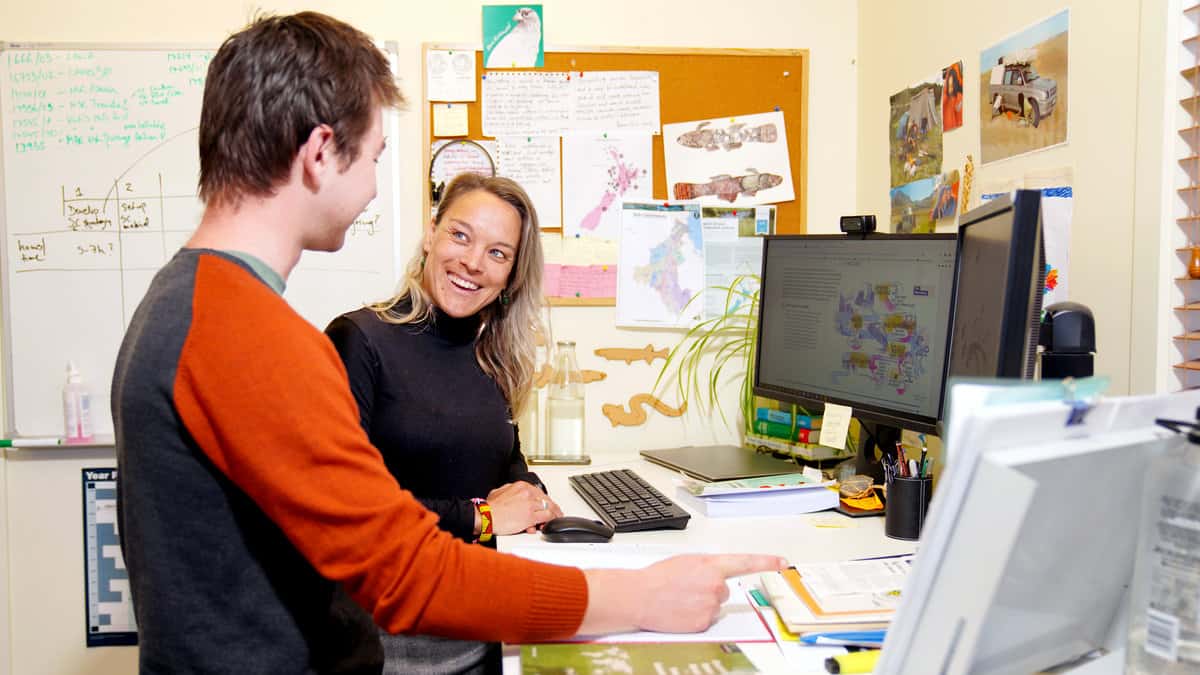Opinion – Science communication must play a leading role in New Zealand’s freshwater future
by Kati Doehring
21 September 2021
He aha te kai a te rangatira? He kōrero, he kōrero, he kōrero.
What is the food of leaders? It is communication.
When I was a little girl back home in Germany, I used to sneak upstairs into my parents’ bed which was placed next to a large window overlooking the River Inn. Up there, in the warmth of that special space, I observed the life surrounding and depending on the river. There were the ducks that munched on the algae, the kingfishers that hunted for small fish and the beavers that provided nutrients to the river by felling half of our orchard. This was the place that taught me the importance of functioning ecosystems and how everything is connected, but also how these connections can be disturbed.
Over thirty five years later – at the other end of the world – I have turned my childhood passion into my profession. I am now a freshwater ecologist hoping to play my role in our journey to restore New Zealand’s freshwater ecosystems, guided by a picture that formed when I was a little girl peeking out of my parent’s bay window.
I started my formal training to become a freshwater ecologist more than 15 years ago, following what I would call the traditional path of ‘how to become a scientist’.

Kati Doehring – Freshwater Ecologist
As well as learning the core scientific methods of conducting bio-physical sciences, I was taught how to communicate them in an academic context: this mostly involved publishing articles in scientific journals, presenting at scientific conferences, and collaborating with my freshwater science peers. However, for some time now, I’ve noticed researchers expanding their approaches to communicating science in the hope that they could enhance the value of science to society, and I have been inspired to do the same.
Particularly over the last decade, I realised that my energy-rich attempts to communicate my work weren’t having the impact I had hoped for. I would find myself frustrated that freshwater quality continued to decline, even though people knew about the seriousness of the problem, because there is plenty of evidence that justifies change. However, I also acknowledge that change can be hard at any level – whether it is personal lifestyle changes or broad societal challenges – which is why it is more important than ever that we work together to gain new perspective and come up with new solutions.
Just over two years ago, I took the leap and decided to begin a PhD in Science Communication through the University of Otago. I wanted to learn the skills required to communicate the great mahi myself and my colleagues do in more meaningful and relatable ways without compromising the quality of the scientific content. Cawthron has always prioritised engagement with our communities and stakeholders and has a strong philanthropic focus on science education and communication. As an organisation, we are currently working towards establishing a ‘sci-comms collective’ of researchers who will work together to build even more meaningful engagement with our communities.
I’m also excited to see many within the science system embracing transdisciplinary and collaborative approaches. There is much to be gained from taking a more holistic view of, and approach to, scientific research. In freshwater sciences we often talk about ‘from the mountains to the sea’ or ‘ki uta ki tai’ systems thinking, which acknowledges the inter-connectedness and inter-dependency of ecosystems.
In addition, cross-fertilisation of scientific ideas amongst inter-disciplinary organisations and themes has become more relevant than ever before – I am currently part of a national working group that contains 25 team members from 25 different organisations, acknowledging the value of multiple knowledge systems including mātauranga Māori.
The array of communication tools available to today’s scientists is vast, ranging from traditional approaches like publishing scientific articles in print and digital publications, to more direct engagement either online or in person.

Image: Cawthron Institute.

Image: Cawthron Institute.
On any given day people are learning about science while scrolling on their phones, watching T.V., or attending events in their communities. But it’s not just where people are learning about science that matters – it’s also how they are learning. Storytelling is one tool that can help with communicating complex issues across diverse audiences. Stories are a universal language that everyone, regardless of dialect, hometown, or heritage can understand. Although the forms in which stories are being told have changed significantly over time (i.e., from cave paintings to social media), the desire to tell and hear stories has remained unchanged, profoundly impacting the way we look at life.
In New Zealand, freshwater degradation is a highly complex issue, so we need to communicate with each other in a variety of ways. This will allow a diverse range of people to find meaning in our messages that they can personally relate to. I am intrigued to find out whether storytelling could be useful for increasing dialogue between policy makers, industry and catchment groups, to encourage sustainable land management to improve water quality. My next step is to find out how stories need to be told to have the greatest impact possible.
When my children look out of a window to observe a river, I envision that I can tell them my story of how the team of 5 million united their strengths to halt the degradation of Te Taiao, and that we were able to do so because we learnt, communicated, collaborated and changed together.